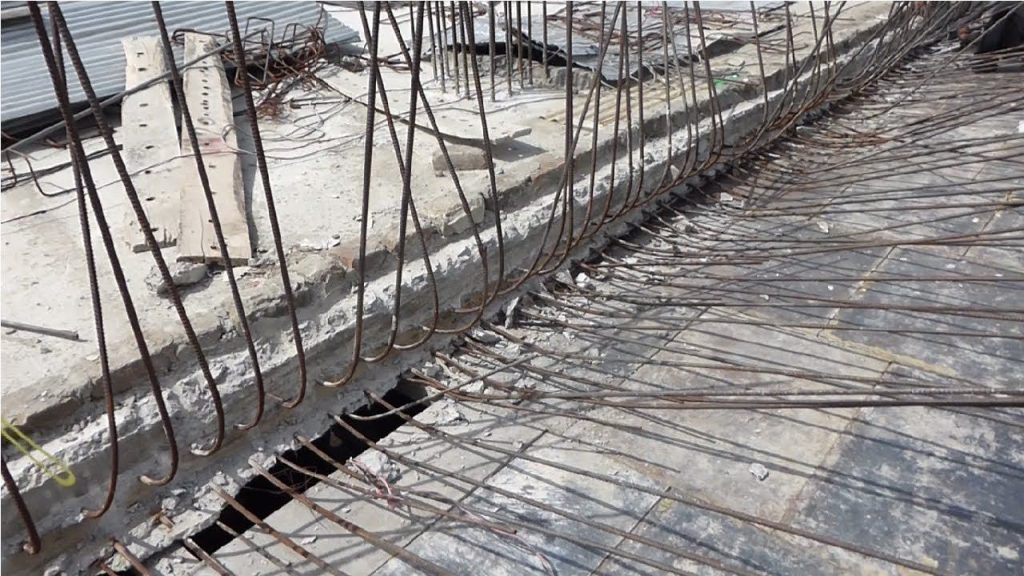Concrete, like all materials, will expand or contract with the raising or lowering of temperature. To prevent the surface cracks in concrete with variations in temperature, appropriate arrangements like construction joints in concrete are provided.
Construction joints in concrete are basically the gaps in the concrete structure. Concrete, like the other construction materials, has the characteristic to expand and contract due to temperature and moisture changes, and due to concrete strain. These changes in volume may create cracks in the hardened concrete, unless it is suitably controlled by using concrete sealers.
The stress forces that produce cracks are prevented by arranging provisions for changes in volume at selected places. These provisions are called control relief joints. These joints reduce the random cracks on surfaces by the collection and dissipation of stress forces produced by moisture and temperature changes. Inadequate control of joints may create damaging cracks.
If the control joints are to be truly effective, they should be placed and installed properly. Construction joints are a plane surface between two elements of concrete. It is concrete that is placed against concrete already placed. It is fairly hardened to a level that vibration will not produce consolidation. Construction joints may be vertical as produced in a slab, horizontal as in a column, or both as created in a wall. Construction joints are also normally called cold joints. Construction joints may occur in the normal concrete or the lightweight concrete.
The concrete is mixed according to specified proportions, and mixed to produce a homogeneous mixture. This mixture occupies the maximum volume in this initial state. After completion of the curing, the concrete is dried, and loses the uncombined water by evaporation. The moisture loss produces concrete contraction, and a reduction in length. Unless the changes in volume are restricted by using relief joints, cracks may be produced.
When concrete is restrained from contraction, cracks may develop when dried since any restriction in concrete movement may cause production of tensile stress forces. Concrete that is uncontrolled may not crack. All concrete elements have some restraints due to compulsions, like the bonding necessary with the existing walls and the structural links. The restraints that facilitate concentration of the drying stresses can produce cracks in the restrained elements, unless suitable control joints are used.

Drying shrinkage can be minimized by several methods as explained below:
○ The water cement ratio should be reduced to achieve suitable placement and consolidation.
○ Quantity of fine aggregate should be closely maintained at a level that will just create sufficient workability and characteristics that produce sound finish.
○ The aggregates used should be proper, clean, and of a suitable grade according to the design of structures.
○ Suitable reducing agents should be used for reduction of the drying shrinkage. Water reduction will decrease the water cement ratio to favorable limits.
○ Low slump should be used for the placement of concrete.
○ Concrete should be properly consolidated. Concrete that is cured immediately after the concrete finishing will have greater strength, and less liable to the creation of shrinkage distress cracks.

Construction joint quality is significantly influenced by the precision in the concrete placement. Maximum bond strength and water tightness are achieved by using quality concrete that has a low slump. The concrete should allow fair amount of placement and consolidation. Segregation and bleeding trends of concrete encourages weak surface of low bonding behavior. The concrete surface produced should be clean and structurally reliable. Rough aggregate protruding portions and slight indentation are not useful or recommended. Surface retardants are frequently utilized to attain a suitable surface.



